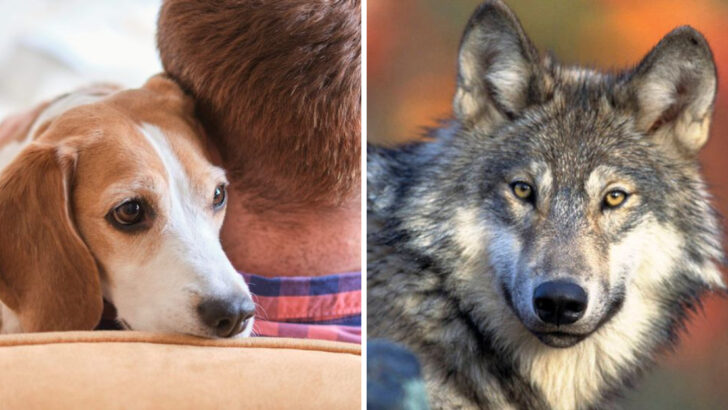Wolves are not just dogs with a wild streak.
They’re on a whole different level.
Sure, they share ancestors, but comparing a wolf to your golden retriever is like comparing a tornado to a box fan.
They hunt in silence, roam in packs that run like clockwork, and raise their young with a kind of brutal tenderness that’s pure wilderness.
Forget tail wags and tennis balls.
Wolves don’t fetch—they survive.
They howl for miles, cover territories the size of cities, and have instincts that haven’t been softened by belly rubs.
This isn’t just a look at behavior.
It’s a journey into the soul of the wild, where loyalty looks different, affection comes with teeth, and rules are written in snow and blood.
Let’s explore 15 ways wolves remind us—they were never meant to sit on a couch.
Pack Dynamics
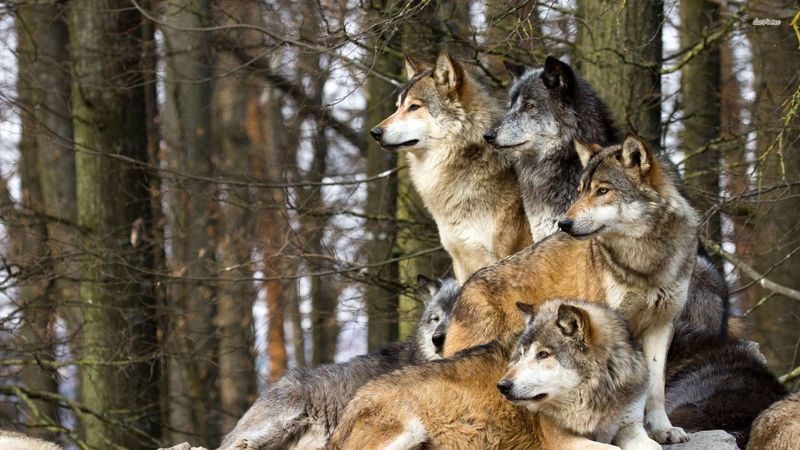
Wolves thrive in tightly-knit packs, which are often family units led by an alpha pair. Their social structure relies on cooperation and hierarchy. In contrast, domesticated dogs usually live with humans as the main authority figures.
The pack dynamic is a crucial part of a wolf’s life, fostering hunting success and territorial defense. Dogs, however, adapt to human-led households, where they may interact with other pets in a more relaxed manner. This distinction highlights how wolves rely on complex social bonds for survival, while dogs form bonds with humans.
Understanding these dynamics is key to appreciating their unique social behaviors.
Territorial Behavior

In the wild, wolves are fiercely territorial, often marking and defending large areas against rival packs. This behavior ensures their survival by securing resources. Domesticated dogs, however, have adapted to smaller living spaces and often share territories without conflict.
Wolves use howling and scent marking to communicate boundaries, while dogs rely on barks and physical cues from humans. This territorial instinct is deeply embedded in wolf DNA, showing their need to protect and control space.
While dogs may still exhibit some territorial behavior, it is often less intense and driven by different motivations.
Hunting Strategies
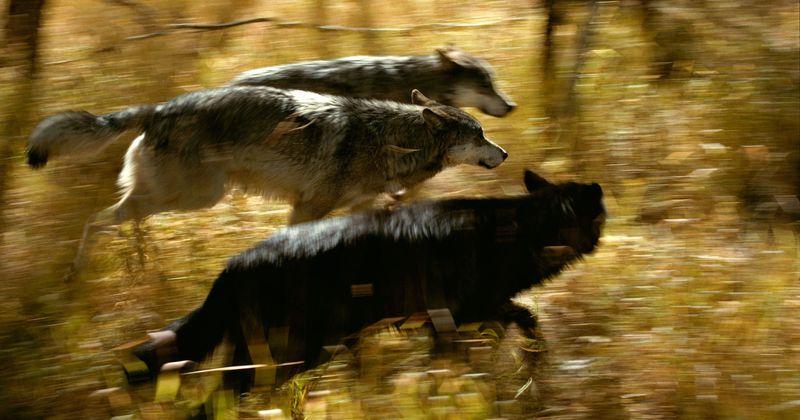
Wolves are exceptional hunters, employing strategic planning and teamwork to capture prey. Their hunts are coordinated efforts, with each member playing a specific role. In contrast, domesticated dogs have largely lost this hunting instinct due to selective breeding.
While some dog breeds retain strong predatory drives, their hunting methods are often less organized and more playful. Wolves’ ability to hunt effectively is a testament to their intelligence and adaptability.
This difference highlights how wolves continue to rely on ancestral skills for survival, unlike their canine companions, who depend more on human-provided food.
Diet and Feeding Habits

Wolves maintain a carnivorous diet, hunting large animals like deer and elk. Their feeding habits ensure they get vital nutrients. Domesticated dogs, on the other hand, have evolved to eat a more varied diet, often including grains and vegetables.
Dogs have adapted to human lifestyles, receiving carefully balanced meals, while wolves consume what they hunt or scavenge. This dietary contrast shows how evolution and domestication have influenced their nutritional needs.
Though dogs may still enjoy a meaty treat, their dietary flexibility is a significant departure from the wolf’s primal eating habits.
Vocal Communication
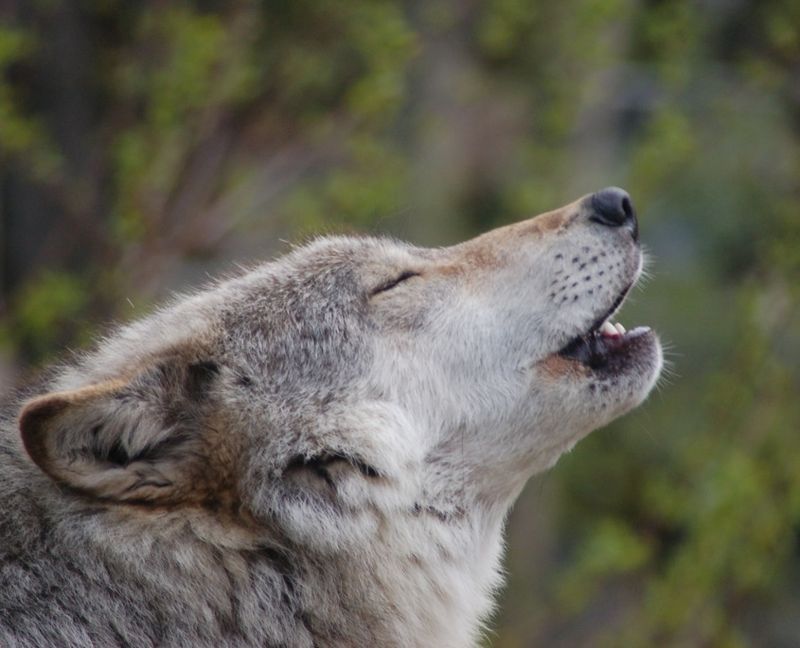
Wolves communicate using a complex system of vocalizations, including howls, growls, and whines. This vocal array helps maintain pack cohesion and convey information. In contrast, domesticated dogs use simpler vocal signals and rely more on body language.
Howling serves multiple purposes for wolves, such as long-distance communication and rallying the pack. Dogs, however, often bark or whimper as a means to express themselves, especially with humans.
The intricate vocal skills of wolves underscore their reliance on sound for survival, a stark difference from the more human-centric communication of dogs.
Social Hierarchies
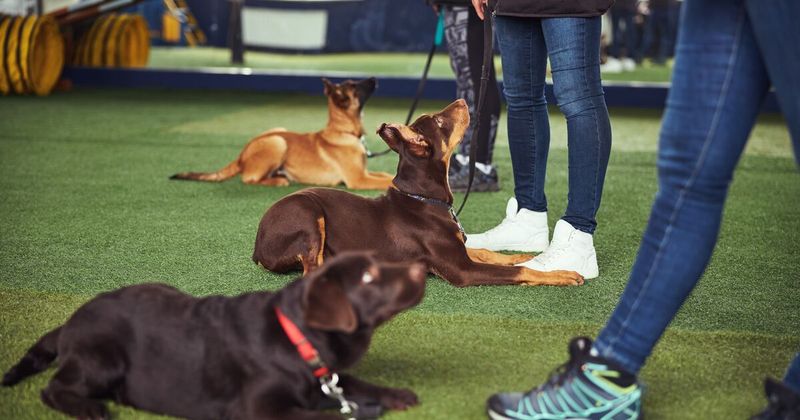
In wolf packs, social hierarchies are clearly defined, with each member understanding their role. This order is essential for maintaining harmony and efficiency in the pack. Domesticated dogs, living with humans, experience a more fluid social structure.
Wolves establish rank through displays of dominance and submission, vital for pack survival. Dogs, while they may form social bonds, adjust to human authority and household dynamics.
This difference in social organization reflects how wolves rely on hierarchy for cooperation, unlike dogs, who adapt to human social norms.
Breeding and Family Life
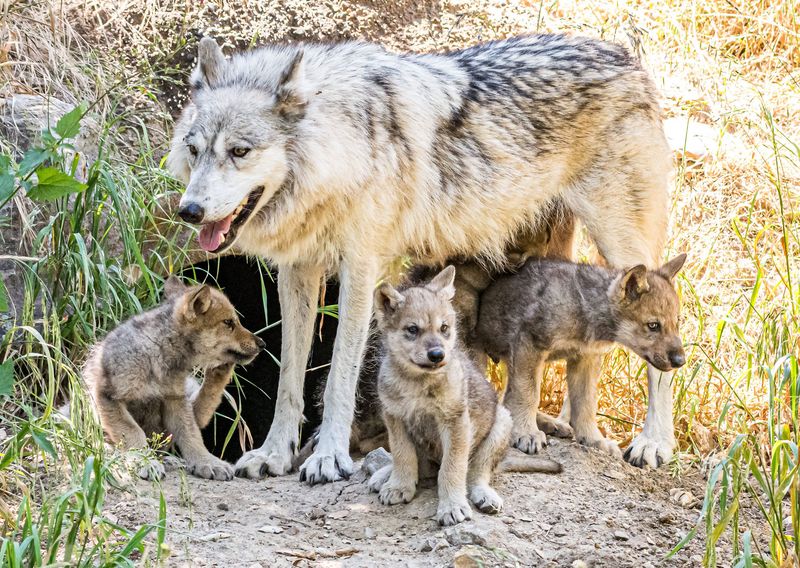
Wolves form lifelong bonds with a single mate, raising pups in a family-oriented pack. Their breeding is seasonal and focused on survival. In contrast, domesticated dogs often mate without forming long-term bonds and can breed year-round.
Wolf parents are highly involved, teaching and protecting their young. Dogs, however, are usually separated from their pups early, relying on humans for care.
The familial bonds and breeding practices of wolves highlight their commitment to pack unity and continuity, unlike the more human-influenced reproductive habits of dogs.
Adaptation to Environment
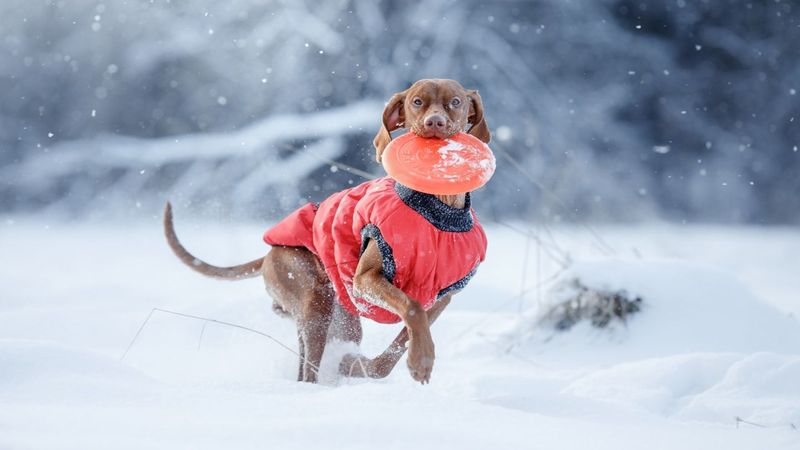
Wolves are highly adaptable, surviving in diverse environments, from arctic tundras to forested areas. Their thick fur and keen senses enable them to thrive in challenging conditions. Domesticated dogs, bred for specific traits, may struggle in extreme weather.
While some dog breeds are resilient, they often rely on human intervention for survival in harsh climates. Wolves’ ability to adapt without human assistance underscores their evolutionary success.
This adaptability highlights the natural resilience of wolves, contrasting with the varied environmental tolerances of dogs shaped by selective breeding.
Independence and Self-Sufficiency
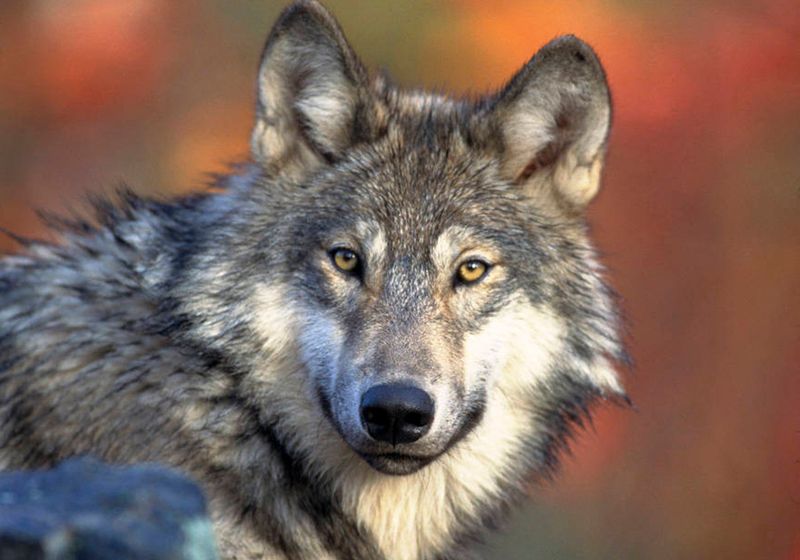
Wolves are inherently independent creatures, capable of surviving and thriving without human support. Their skills in hunting, navigation, and social organization demonstrate self-sufficiency. Domesticated dogs, however, rely heavily on humans for food, shelter, and care.
While some dogs exhibit independent traits, they generally lack the survival skills honed by wolves. This reliance on human companionship highlights the transformation from wild to domesticated.
The independent nature of wolves serves as a testament to their unyielding spirit and adaptability, a stark contrast to the dependent nature of most dogs.
Physical Differences
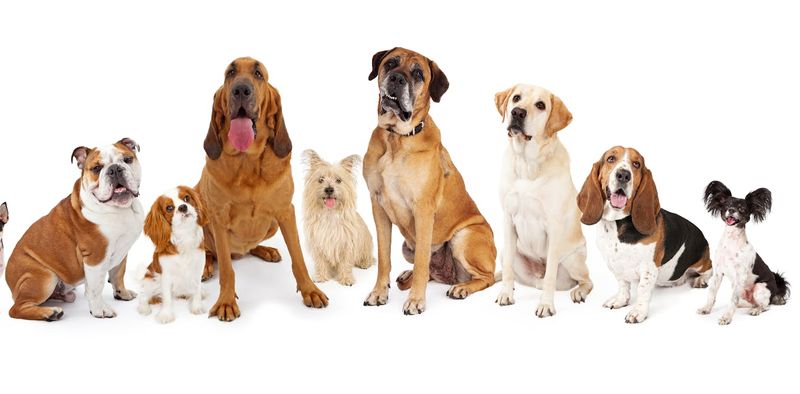
Wolves and dogs have distinct physical differences, despite their shared lineage. Wolves tend to be larger, with longer legs and bigger paws, built for endurance and speed. Meanwhile, domesticated dogs come in various sizes and shapes, tailored by selective breeding for specific purposes.
The physical prowess of wolves enables them to chase down prey effectively, whereas dogs often have specialized traits suited to human needs.
These physical variations illustrate how wolves have maintained a form suited to survival in the wild, contrasting with the diverse appearances of dogs shaped by human influence.
Grooming and Cleanliness

Wolves engage in mutual grooming as a social activity that strengthens pack bonds. This behavior helps maintain hygiene and reinforce social connections. Domesticated dogs, while they may groom themselves, often rely on humans for regular cleaning.
The social grooming of wolves serves as both a hygienic practice and a means of communication. Dogs, however, have adapted to human routines and standards of cleanliness.
The grooming habits of wolves highlight their social nature and self-reliance, while dogs have embraced human-assisted grooming as part of their domesticated lifestyle.
Communication Beyond Sound
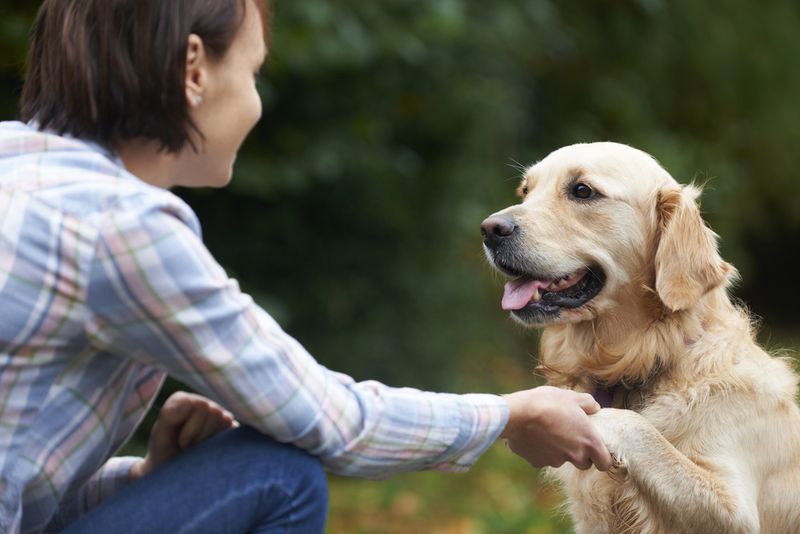
Wolves possess a rich repertoire of non-vocal communication, using body language, eye contact, and touch to convey messages. This silent dialogue is vital for maintaining pack harmony. Domesticated dogs also use body language but often focus on cues from humans.
The nuanced communication among wolves illustrates their intelligence and social sophistication. Dogs, though expressive, adapt their communication to human interactions.
The silent signals of wolves highlight their reliance on non-verbal cues, a contrast to the more human-centric communication approach of dogs.
Longevity in the Wild vs. Domestication
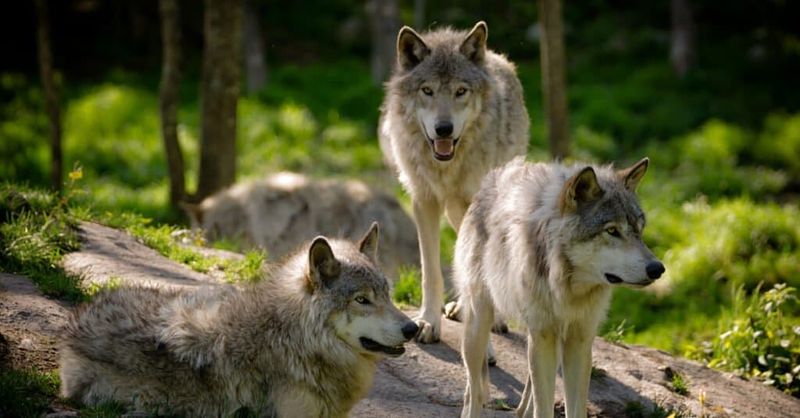
Wolves in the wild face numerous challenges, leading to a shorter lifespan compared to domesticated dogs. Natural predators, scarcity of food, and harsh environments contribute to this reality. In contrast, dogs benefit from veterinary care, nutrition, and shelter, often living longer lives.
The resilience of wolves is evident in their ability to navigate and survive despite these obstacles. Dogs, accustomed to human care, thrive in a protective environment.
The difference in longevity reflects the distinct paths of wolves and dogs, with wolves enduring the harsh wild, while dogs enjoy the comforts of domestication.
Emotional Range and Expression

Wolves exhibit a wide emotional range, from affection and playfulness to aggression and fear. They express emotions through subtle facial expressions and body movements. Domesticated dogs also show emotions but often tailor their expressions to human interactions.
The emotional depth of wolves underscores their complex social lives and relationships within the pack. Dogs, however, have adapted to convey emotions in ways that humans can easily recognize and respond to.
This emotional expression highlights the intricate inner worlds of wolves, setting them apart from dogs, who focus on human companionship.
Survival Instincts
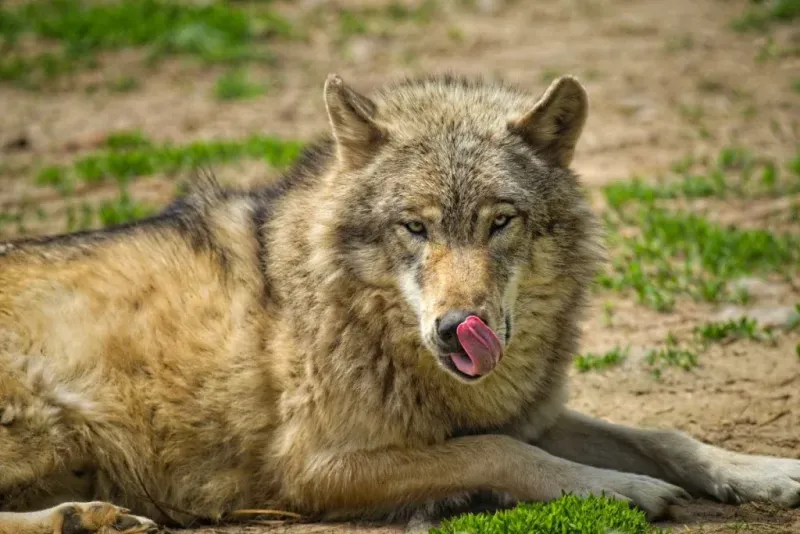
Wolves possess acute survival instincts, honed over millennia to navigate the dangers of the wild. Their keen senses and strategic thinking are crucial for hunting and avoiding predators. Domesticated dogs, while retaining some instincts, rely heavily on humans.
The raw survival skills of wolves reveal their innate intelligence and adaptability. Dogs, in contrast, have been bred for specific traits, often lessening their reliance on natural instincts.
The survival instincts of wolves highlight their enduring connection to the untamed world, a quality that distinguishes them from their domesticated descendants.

